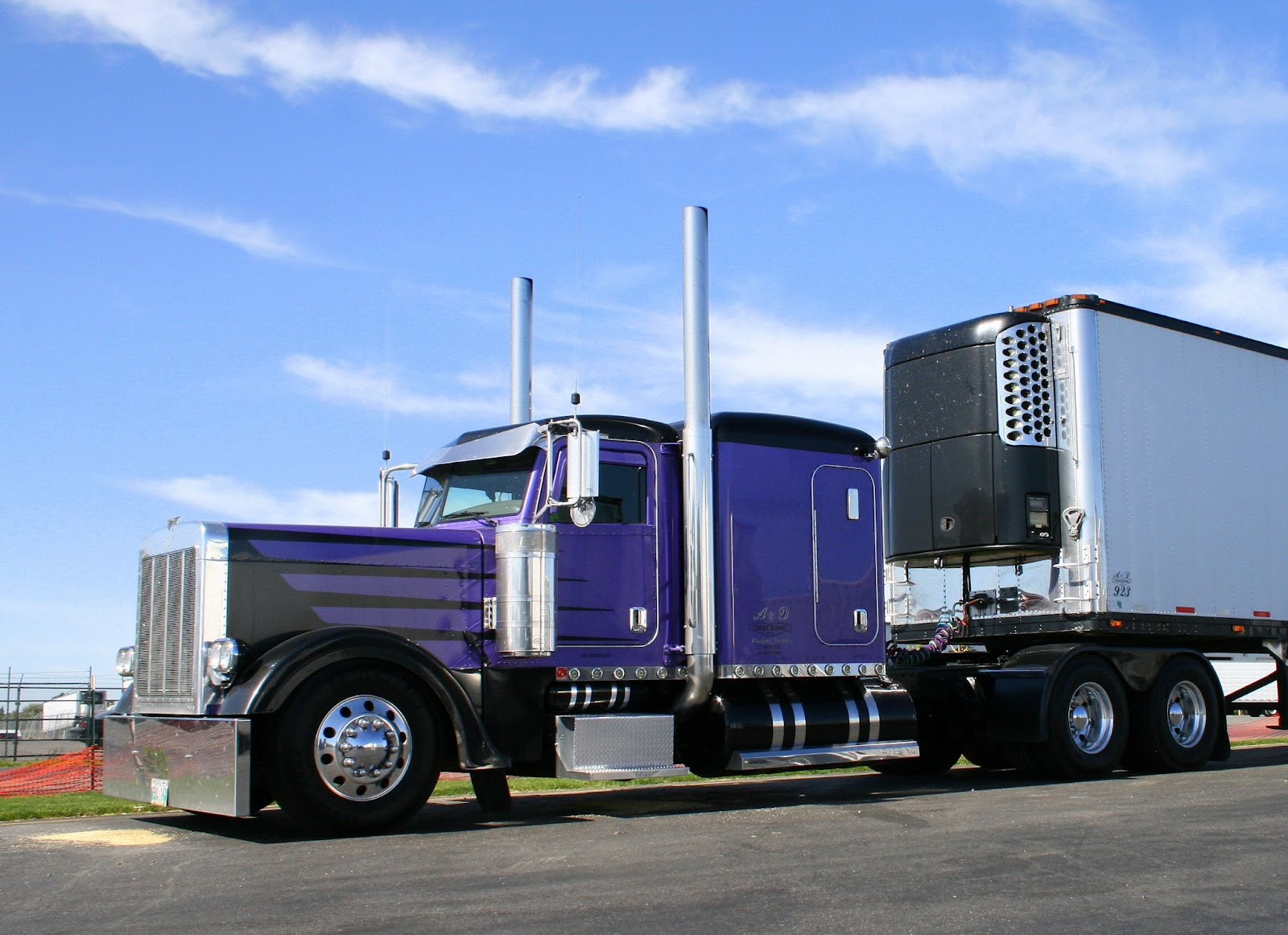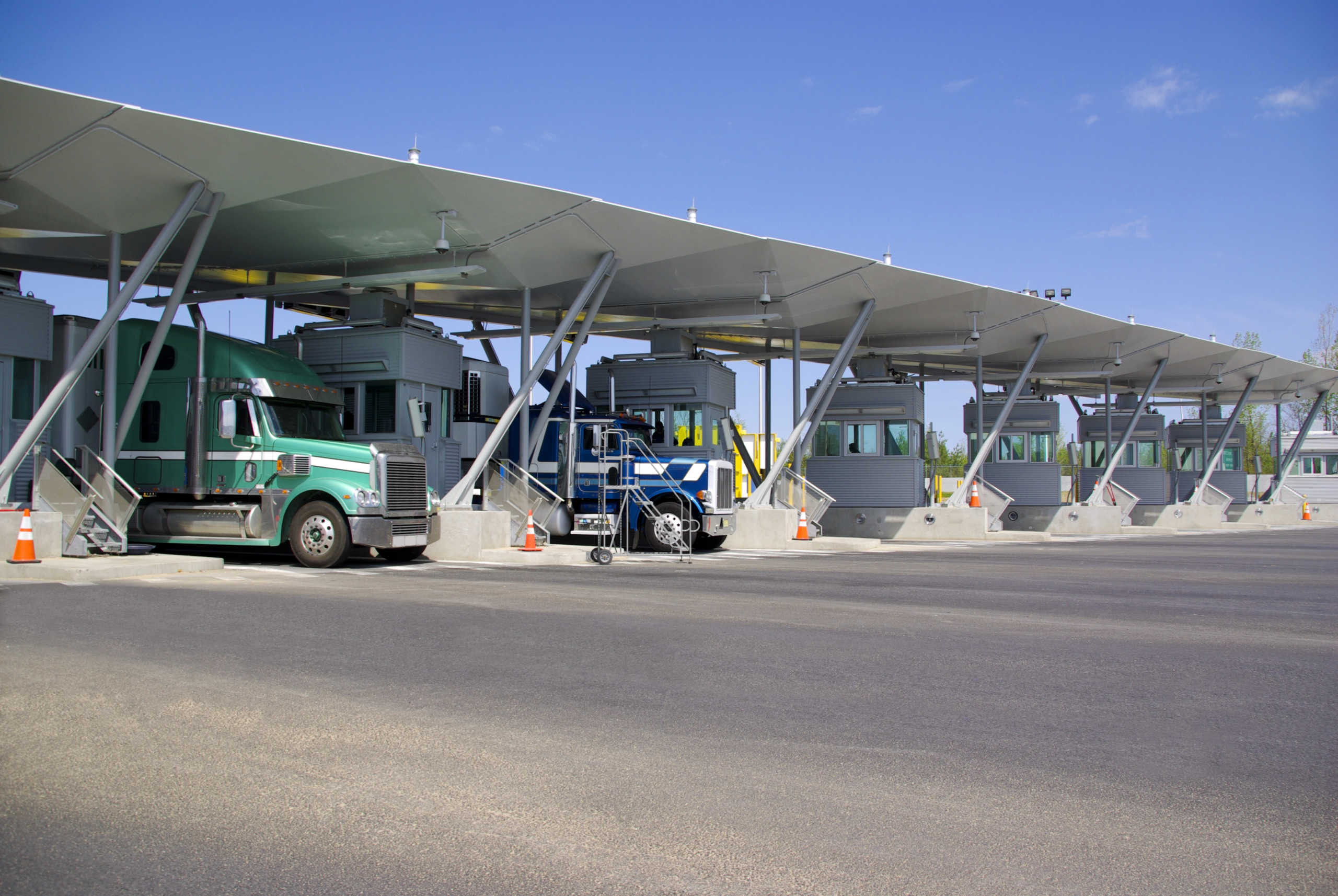One of the essential knowledges for trucking companies and drivers is axle weight limits. They may vary for different truck types, states, or areas. Still, compliance with these standards is crucial to ensure the safety and efficiency of operations.
What are the axle weight limits?
Axel weight limits standards that identify the maximum weight for an axle. The limit is crucial to ensure road safety, prevent damage to vehicles and infrastructure and ensure fair competition. Knowing these limits for states you operate in is essential for trucking operations.
Axel weight limits are divided into several types that is important to understand to ensure regulations compliance. Thus, there are single axe limit, tandem axe limit, and gross axle weight rating (GAWR). Single axle limit means the maximum weight on a single axle, depending on vehicle type and road condition. Tandem axle limit is the combined limit for two axles that are close to each other. GAWR is the maximum weight that each axle can bear.
Factor affecting axle weight limits
- Vehicle type as different trucks have different design and purpose that affect weight limits.
- Road type and condition. Often, heavier weights are permitted on highways and major roads.
- Limitations for bridge and infrastructure. Some areas may have lower weight limits to protect vulnerable structures.
- Seasonality. Some regions have stricter axle weight limits during certain seasons.
Who sets truck axle limits?
Federal, state, and local authorities set truck weight limits per axle. They’re based on road and infrastructure conditions. Each level of government plays a specific role in enforcing these regulations.
Federal government
Such agencies as the Federal Highway Administration (FHWA)sets standards for truck axle limits. They provide a single framework that states must adhere to while setting their standards. Key federal regulations include:
- Single axle limit of 20,000 pounds.
- Tandem axle limit of 34,000 pounds.
- Gross vehicle weight (GVW) rating of 80,000 pounds.
The Federal-Aid Highway Act is the main document that sets truck axle weight limits. This uniformity simplifies interstate commerce and reduces the complexity for truckers who operate across several states.
State authorities
The federal government sets overarching guidelines, while the state authorities impose additional restrictions. These depend on the specific needs and road conditions. State Departments of Transportation (DOT) set truck weight limits per axle.
Usually, state governments rely on these factors to set weight limits:
- Local road conditions with stricter limits on roads in poor condition or those hot designed to handle heavy loads.
- Bridge and infrastructure. Lower weight limits can be set to protect aging or vulnerable limits.
- Seasonal restrictions. Regions with seasonal changes may have additional axle limits during certain times of the year.
Each state has its guidelines and standards for truck axle weight limits. They may also include special routes for heavy trucks, violation penalties, and permits for overweight loads.
Local authorities
Local governments also set their regulations for axle weight limits. Usually, it’s relevant to urban areas that may have lower limits to protect streets not designed for heavy trucks and rural roads to prevent damage to less robust infrastructure. Local authorities may post signs indicating weight limits for the roads. For those trucks that exceed these limits, it’s necessary to obtain special permits.
Coordination and compliance
To ensure compliance with axle weight limits, you need to coordinate federal, state, and local standards. The coordination simplifies weight enforcement on each axle, permitting processes for overweight loads, and data sharing on truck weights, permits, and violations to maintain enforcement and regulatory practices.
Federal Bridge Formula
The Federal Bridge Formula (FBF) is a main regulation in the U.S. that ensures compliance with set regulations. Understanding the formula is essential for truckers to comply with the regulations and avoid fines. The formula will help define your vehicle’s weight limit and protect the infrastructure and roads.
The critical aspects of the formula:
- Axle spacing. The larger distance between axles means the higher weight limits.
- Number of axles. More axles allow bigger weight.
- Vehicle type. Different vehicles should calculate their weight limit based on their axle arrangement.
The Federal Bridge Formula is as follows:
W=500[L(N+12)+36,000]/N+12
W – maximum weight in pounds allowed for two or more consecutive axles.
L – distance in feet between the outer axles of the group.
N – number of axles in the group.
To define weight limits for the truck, you should:
- Measure axle distances. It refers to the distance between the centers of the outermost axles.
- Count axles within the measured group.
- Apply the formula to calculate the maximum weight on the axles group.
- Check compliance with the industry standards.
Let’s review an example of a two-axle truck with axles 10 feet apart.
L = 10 feet, N = 2.
The formula: W = 500[10(2+12)+36,000]/2+12 = 34,000 pounds.
How Much Weight Can Each Trailer Type Haul?
The weight capacity for different trailer types can vary significantly depending on the design, configuration, and necessary regulations.
Single-unit trucks
- Two-axle trucks. The usually carry up to 20,000 pounds per axle with a GVW if 40,000 pounds.
- Three-axle trucks. They can bear up to 54,000 pounds, distributed across all axles.
Tractor-trailers
- Five-axle trailer. The most common type of such trailers is an 18-wheeler. It can carry up to 80,000 pounds in total. The weight distribution is as follows: 12,000 pounds on the steering axle, 34,000 pounds on the drive axle, and 34,000 pounds on the trailer axle.
- Six-axle tractor-trailer. The maximum GVW is 97,000 pounds, while the concrete limit is based on axle spacing and state regulations.
Specialized trailers
- Flatbed trailers. They transport heavy loads with a weight up to 48,000 pounds.
- Refrigerated trailers (Reefers). The weight limit is 44,000 pounds, including the refrigeration unit.
- Tanker trailers. The weight limits depend on the cargo type, while the maximum GVW is 80,000 pounds.
- Lowboy trailers. They’re designed for heavy equipment transportation. The weight they carry may vary from 40,000 pounds to 80,000 pounds in accordance with the axels number and trailer design.
Truck axle weight limits by state
Weight limits can vary across different regions and states in accordance with infrastructure and road conditions, and local regulations. Knowing the standards is important for truckers who operate in different states and need to comply with several standards. Here are the truck axle weight limits by state (in lbs).
| State | Single Axle Limit | Tandem Axle Limit | Tridem Axle Limit | Gross Vehicle Weight (GVW) Limit |
|---|---|---|---|---|
| California | 20,000 | 34,000 | 42,000 | 80,000 |
| Texas | 20,000 | 34,000 | 42,000 | 80,000 |
| Florida | 20,000 | 34,000 | 42,000 | 80,000 |
| New York | 22,400 | 36,000 | 54,000 | 80,000 |
| Illinois | 20,000 | 34,000 | 42,500 | 80,000 |
| Georgia | 20,340 | 34,000 | 42,000 | 80,000 |
| Ohio | 20,000 | 34,000 | 42,000 | 80,000 |
| Pennsylvania | 20,000 | 34,000 | 42,000 | 80,000 |
| Virginia | 20,000 | 34,000 | 42,000 | 80,000 |
| Michigan | 20,000 | 34,000 | 50,000 | 164,000 |
Why Do Axle Weight Limits Matter?
Truck axle weight limits are important as they ensure large vehicles’ safety, efficiency, and longevity. Their importance includes several aspects.
- Road safety. Overloading an axle can worsen handling and braking performance and increase accident risks. Proper weight distribution provides safe and efficient truck operations under various conditions.
- Infrastructure safety. Excessive weight on axles can lead to roads and bridges damage, such as cracks or structural weakness. In future, it’ll require costly repairs and maintenance.
- Legal compliance. Adherence to the DOT weight limits per axle reduces the risk of fines, vehicle impoundment, and legal penalties for truckers and companies. Such consequences may disrupt operations, harm a company’s reputation, and lead to financial losses.
- Financial efficiency. Proper weight distribution may optimize fuel consumption and a truck’s longevity. The correct load on trucks requires less fuel and leads to lower mechanical stress, which reduces operational costs.
- Fair competition. Axle weight limits ensure no company or trucker can gain an advantage by overloading the vehicle. It helps to maintain healthy market conditions.
Conclusion
Compliance with DOT weight limits per axle is essential for safe and efficient transportation. The standards ensure the safety of roads, vehicles, and infrastructure. They also provide healthy market conditions and efficient transportation. Knowing the axle weight limits, the federal bridge formula, and the possibilities of different trucks helps to ensure compliance.
If you need a reliable and efficient freight solution, partner with LAX Freight. We’ll ensure the safety and efficiency of your trucking and provide compliance with the sector standards.
Contact us to learn more!



